It all started with a call from the ‘Manawatu Hunter’, Chris Morris. Chris had secured us a team slot on one of the most popular shooting competitions in New Zealand for long-range/PRS-style shooters: the Vortex Mountain Challenge. Apart from passing my British Army Snipers course in 2005, I’d not done any long-range (LR) shooting since 2007, and I didn’t really have the right gear – however, I was game!
In all honesty, I’m a hunter – any shooting I did post military service was to improve my ability to fill the freezer, but I always looked on these competitions as something I could get into at some stage. First, though, I’d need to feel the pain every LR shooter feels: the cost of getting set-up!
THE SEARCH FOR AN ECONOMY COMPETITION GUN
The Rifle – Sako S20 6.5PRC
Once I had some funds together, I researched what I needed. With a total budget available for rifle and scope of around $2000-3500 and $500 for a suppressor, I was limited in what I could purchase. At this end of the scale, you have a lot of economy mid-range rifles/scopes to choose from; although $3500 isn’t a lot of money for both scope and rifle, it’s not unachievable.
Rifles like the Ruger Precision and Bergara B-14 fall into that category and both represent fantastic rifles and actions for mid-level cost. I discounted the Ruger Precision as it’s not ideal as a hunting rifle, which I was hoping I could also use the competition gun for. I had my eye on the new Sako S20, which had a modular design and could couple as my tahr/hunting rifle as well as a competition gun. Everything from the stock, the fore-end and pistol grip is customisable. A call was made and the order was placed for an S20 in the new but popular 6.5PRC.
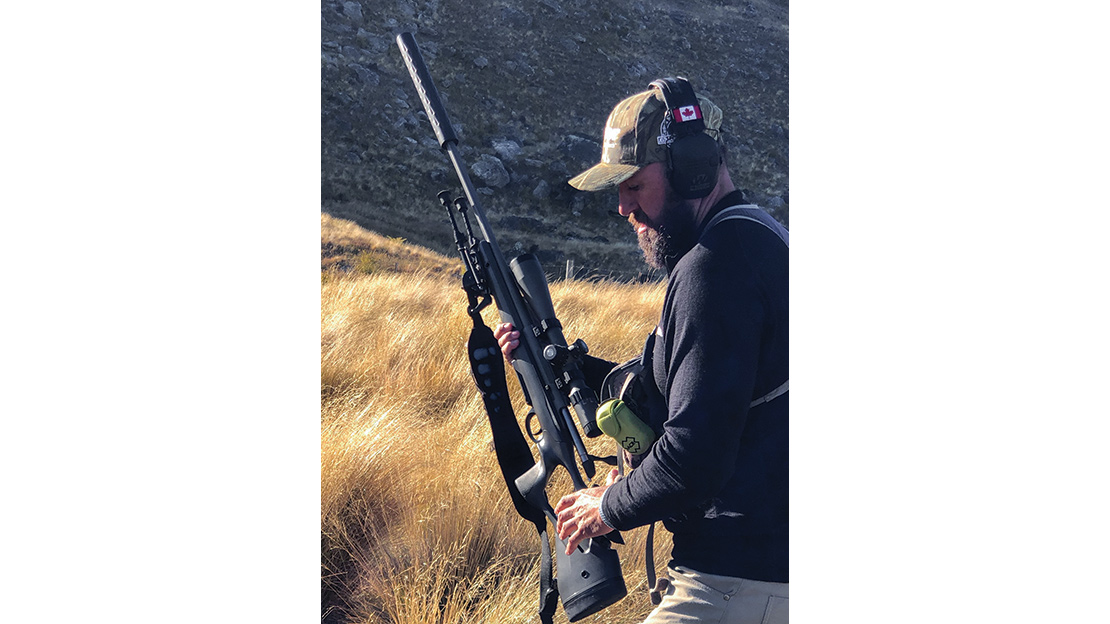
The Scope – Sig Sauer Tango4 4-25X50
Next purchase was the all-important scope. In modern times, getting accuracy from economy- to mid-priced rifles is easy; manufacturing techniques and tolerances are tightly monitored giving us more options at a better price point. Scopes, however, have a much larger quality differential between economy and premium, and in the world of medium- to long-range, you need a solid performer with certain characteristics. The most important factors to me were that the scope was in milliradians, had a milliradian holdover reticle with windage graduations, decent turrets, and decent glass. My shooting mate, Chris, had a Nightforce scope, and I needed it to be compatible so we could synchronize our wind calls and DOPE. I got lucky here in that my father had a spare Sig Tango4 2-25x50mm scope I could borrow, which fit the bill perfectly.
The Suppressor – Greystone Guns 5K Silencer
Next was a suppressor; my hunting rifle has a Hardy Gen 5 Stealth, which I’m incredibly happy with, but I figured I’d see what was out there. When I get the opportunity, I like to try as many different brands as possible, as many of our gear reviews require a solid knowledge of what else is available.
I’d saved some money by using Dad’s Sig Tango scope so I could afford a premium suppressor. A quick call to Stu Geal at Greystone Guns in Christchurch revealed he had a model that had a suppressor and muzzle brake combined with a high-quality titanium insert.
Stu and I both served in the Armed Forces together where he learned his trade as an armorer. NZ military armorers are highly sought after and are among the top civilian gunsmiths internationally; Dan Hardy from Hardy Rifle Engineering and the late great Robbie Tiffen from GunWorks Canterbury were all ex-military. After watching a few of Greystone Guns’ YouTube videos and speaking to Stu, an order was placed for a model 5K silencer/brake combo.
LOAD DEVELOPMENT
Being a lifelong 6.5×55 fan, I was already aware of the ballistic benefits of getting a slippery 6.5 projectile up to speed; the problem was going to be reloading components – there was extraordinarily little in the way of projectiles and powders in the country. However, I managed to cobble together enough projectiles and powder to start the process.
I started by getting my cartridge overall length (COAL) measurement – this lets me know how much I can seat the projectile out until it touches the lands. I then resized all my new brass and checked it for length, trimming where necessary. Because I only had a short amount of time, I went for a fairly safe starting load bracket. I loaded powder charges between 54.5 to 56grs of AR 2213 SC. All loads were the same seating depth at 20 thousandths off the lands; 55.4grs gave me a 3/4 MOA load, so without adjusting seating depth, I loaded 120 up and zeroed at 200m.
With no pressure signs and the velocity of 2950 FPS with 140 Berger VLDs, I vowed to increase the charge post-competition and see what the PRC was capable of; however, for the competition, I’d take a mild accurate load before velocity increase any day.
Next up, I used an online calculator to generate my DOPE charts. These are vitally important to get right – initially with the data input, but then subsequently, backed up with real-time range work. Your initial charts should reflect a certain set of atmospheric conditions like altitude and temperature, and it’s important to adjust this on competition day if they’re different. For instance, where I zeroed is close to sea level, however the competition at Cardrona is held at 1500ft above sea level.
During this zeroing and load development stage, the S20 handled flawlessly and was a delight to use. The suppressor was amazing and brought the recoil and noise down to a minimum. The scope, however, needed some 20 MOA bases as my elevation dial maxed out at 4.6 MIL of usable travel. It was too late to swap them out now – I’d have to use a mixture of dial and holdover; not ideal, but there was no other choice. With my hand loads done, DOPE generated and half a day of range work under my belt, I was far from ready but certainly keen!
THE COMPETITION
The weekend is split into three competitions with the first being the 1000yd challenge on Friday afternoon; the main team competition is on the Saturday, which is the Vortex Mountain Challenge. There are great prizes on offer all three days. Much like a sporting clays format, you’re split into squads of three to four pairs and have several stands to move to throughout the day.
Each stand will have a certain target distance, time limit and limitations on what shooting positions you can adopt. Here’s an example of our first stand:
• Distance – 400m
• Time Limit – 2 mins to fire 5 shots each.
• Sequence – 3 shots at the larger white gong, then two shots at the smaller orange gong. Change over between the pair, and the second team member fires the same.
• Position – tripod standing.
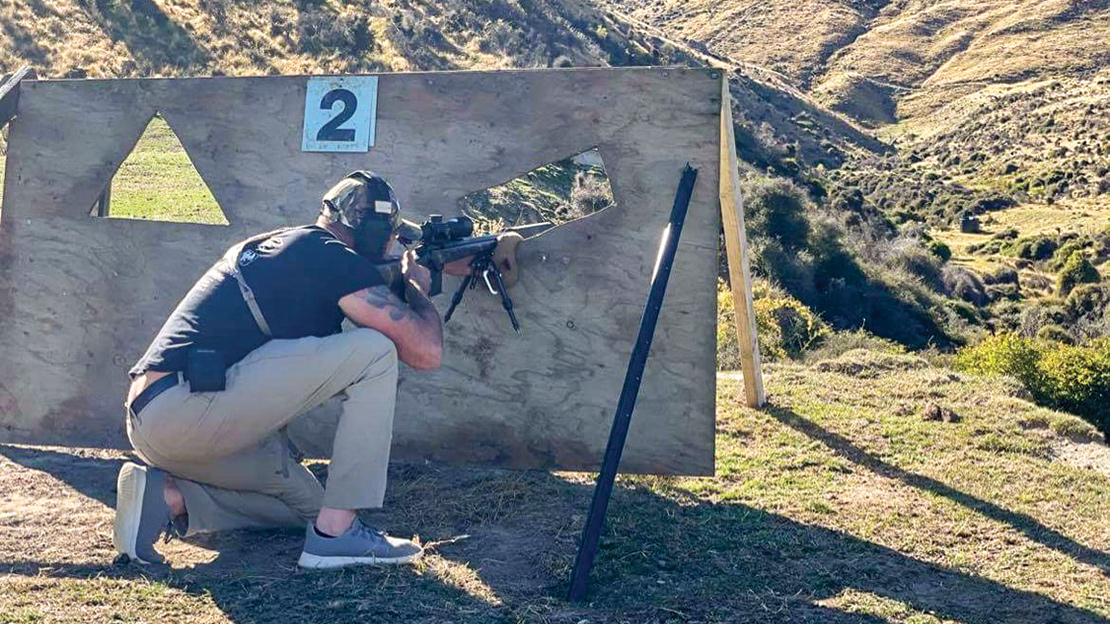
Just looking at the breakdown of the first stand, you can see there are a lot of components to scoring well – time pressure, correct ballistic data, teamwork, communication, dial vs holdover and, if you get all that right, you still must pull off some tricky shots! I could see that on some stages, it was beneficial to wait and see other competitors’ techniques to try and get some tips. On other stages, where there’s a build-up of nervous energy, it’s better to just jump right in and get into it.
Chris and I both did quite well on the first two stands; the fourth stand we had our first nightmare. I recall scoring a zero on the stand with a 750m target in a 1.5-3 MIL crosswind; two very dejected shooters moved off that stand. I glanced down at my scope and it dawned on me I’d used the wrong holdover line. Even if I’d got the right wind call, I probably still would have missed the gong. The rest of the stands were a mixed bag, but we both realised you cannot score zeros and place well; nevertheless, this didn’t stop me having the most fun I’ve had shooting in a lot of years. On the bright side, we each cleaned a stand with perfect scores, and I had a couple of strong stands with only one or two misses.
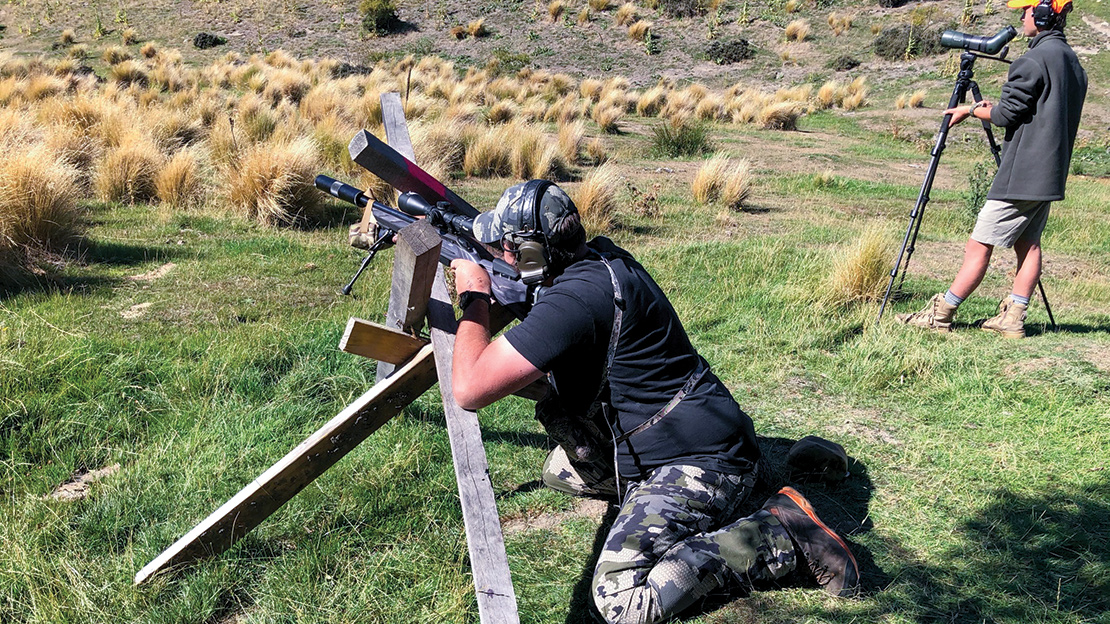
In the team’s event, Chris and I placed right in the middle: 21st out of 42 teams. Individually, I placed 27th out of 84 competitors. Not as good as we could do, but we both have a lot to work on and have caught the bug big time – we’re looking forward to our next shooting competition. In fact, Chris and I enjoyed the day so much, we signed up for the Sunday competition on the spot – luckily, there was some space.
One thing that struck me throughout the weekend was the generosity and friendliness of the other competitors. We had a whole rifle and hand-loaded ammunition loaned to us by Jake Westlake so we could compete on the Sunday, and we had bits of gear to help us build a strong shooting position loaned to us along with loads of tips and advice. We were both blown away by the spirit of the shooting community who, although they were competing against each other, were always ready to lend a hand.
SUMMARY
In a magazine mostly dedicated to the pursuit of wild game, how is an article like this relevant? It’s because hunting is made up of many skills – shooting and wind reading are two of those key skills hunters need to master. There’s no better way to get good at shooting deer at 300m than by shooting gongs at 500m plus! Getting involved with this sport will supercharge your shooting and make you a much better hunter. The Vortex Mountain Challenge also represented the most fun I’ve had shooting for decades, and I know it’ll appeal to many of you out there.
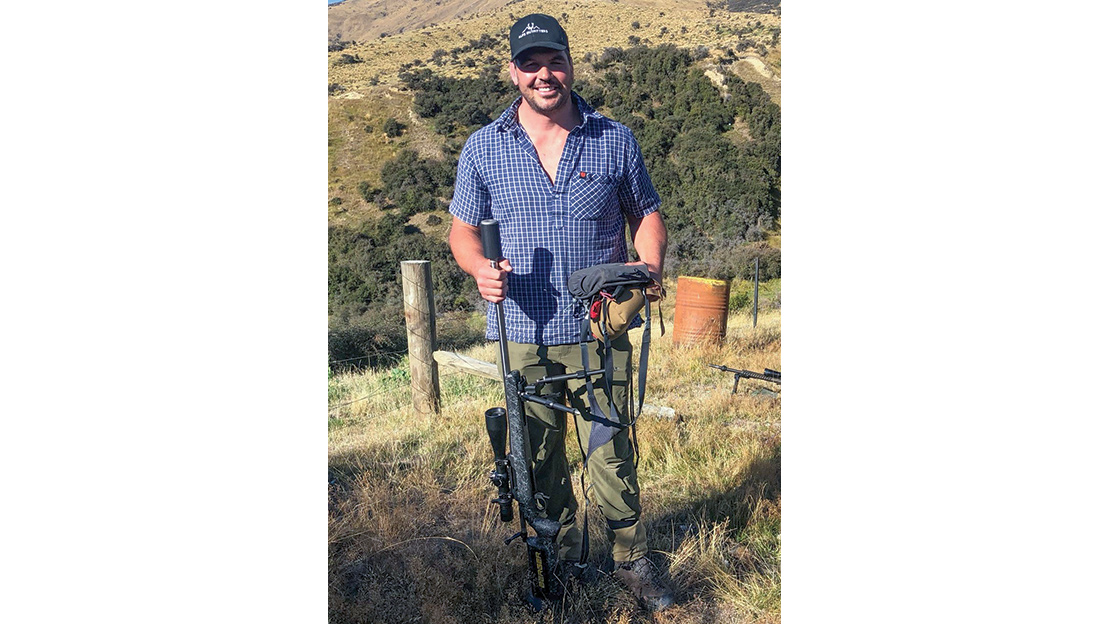
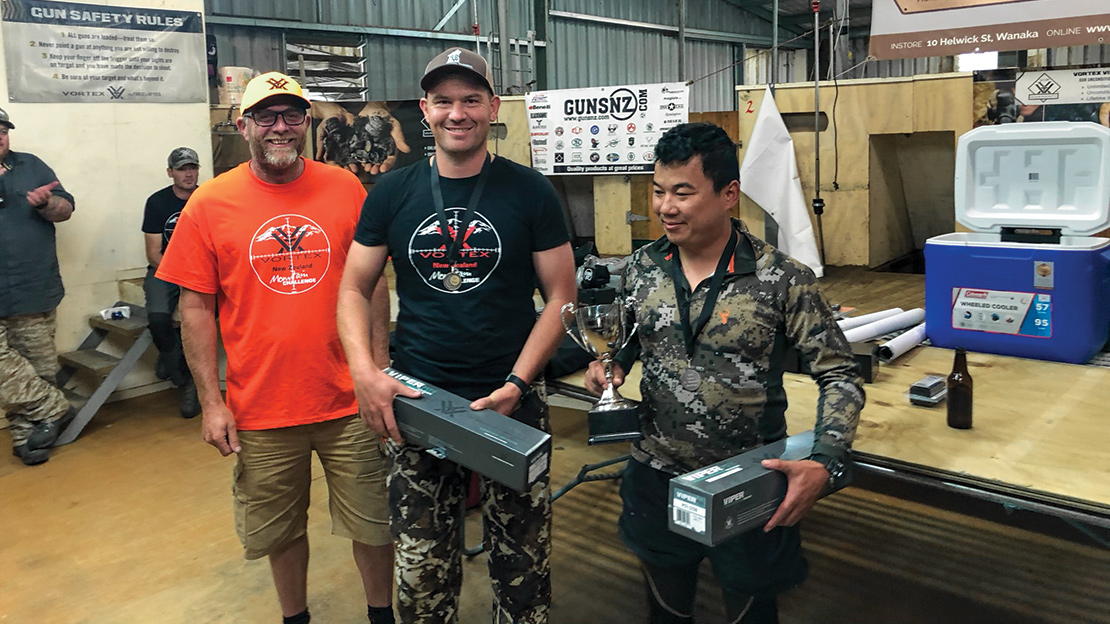
To those looking at it and feeling slightly intimidated, I’d say just get involved, find a mentor, and participate on whatever level you’re comfortable with. The community of shooters who compete are amongst the friendliest Kiwis I’ve come across and love seeing new shooters get involved. The competitors went out of their way to make us feel welcome, assisted us with gear and even the occasional wind read! I hope to catch you on the mound one day, team!
Finally, thanks must go to Quentin Ross, the event organiser, his volunteers and sponsors. The NZ competitive rifle shooting community is growing at such a rate that events are selling out immediately, and the workload and effort these volunteers put in to run these events is huge. Competitions like these are the key to ensuring Kiwis far into the future get to enjoy this amazing facet of shooting, and we must always acknowledge the volunteers and sponsors that keep the momentum going.

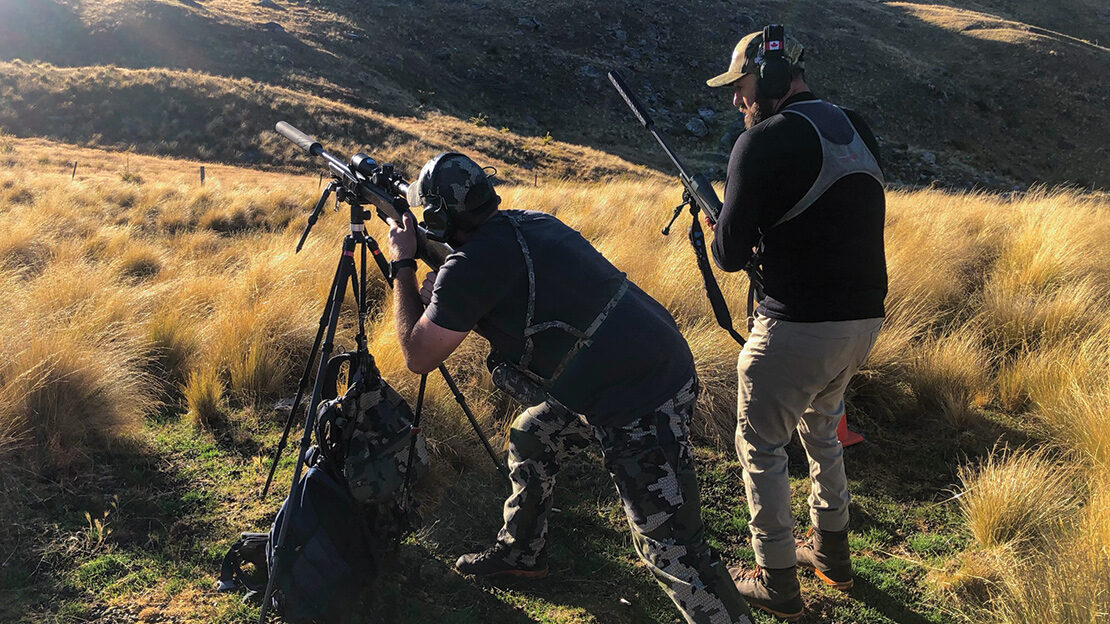
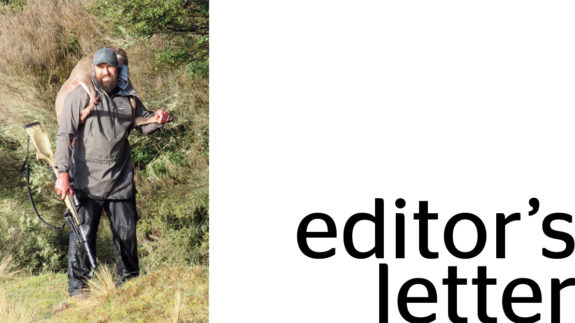
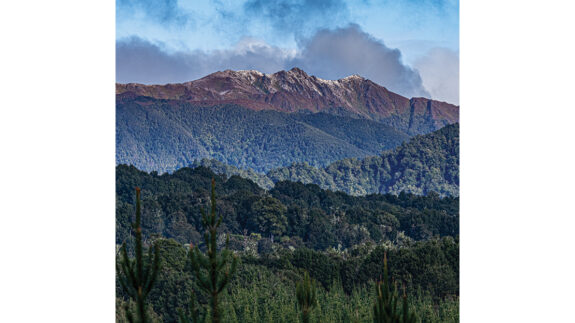

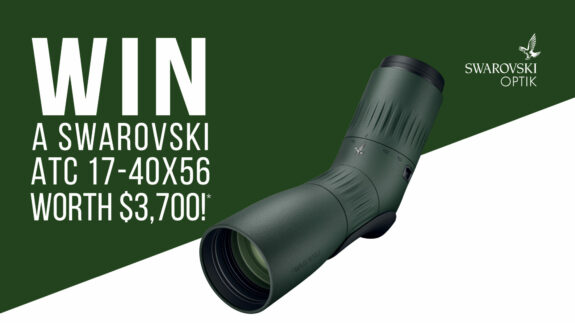
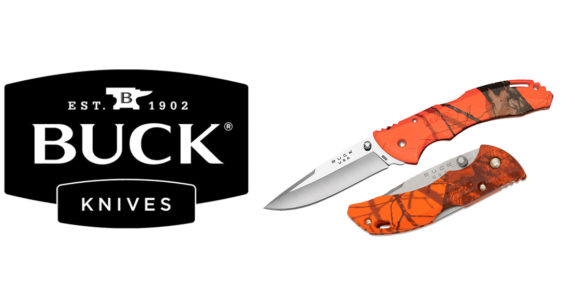
SHARE YOUR BEST PICS #NZRODANDRIFLE